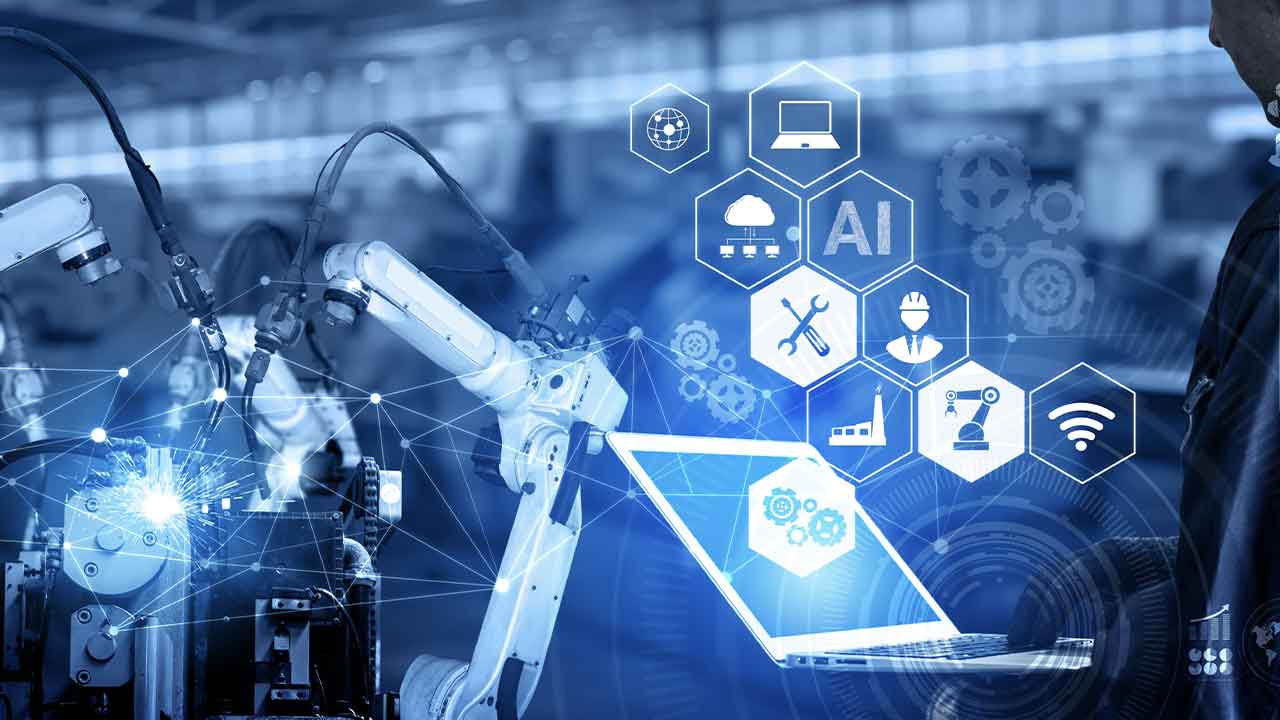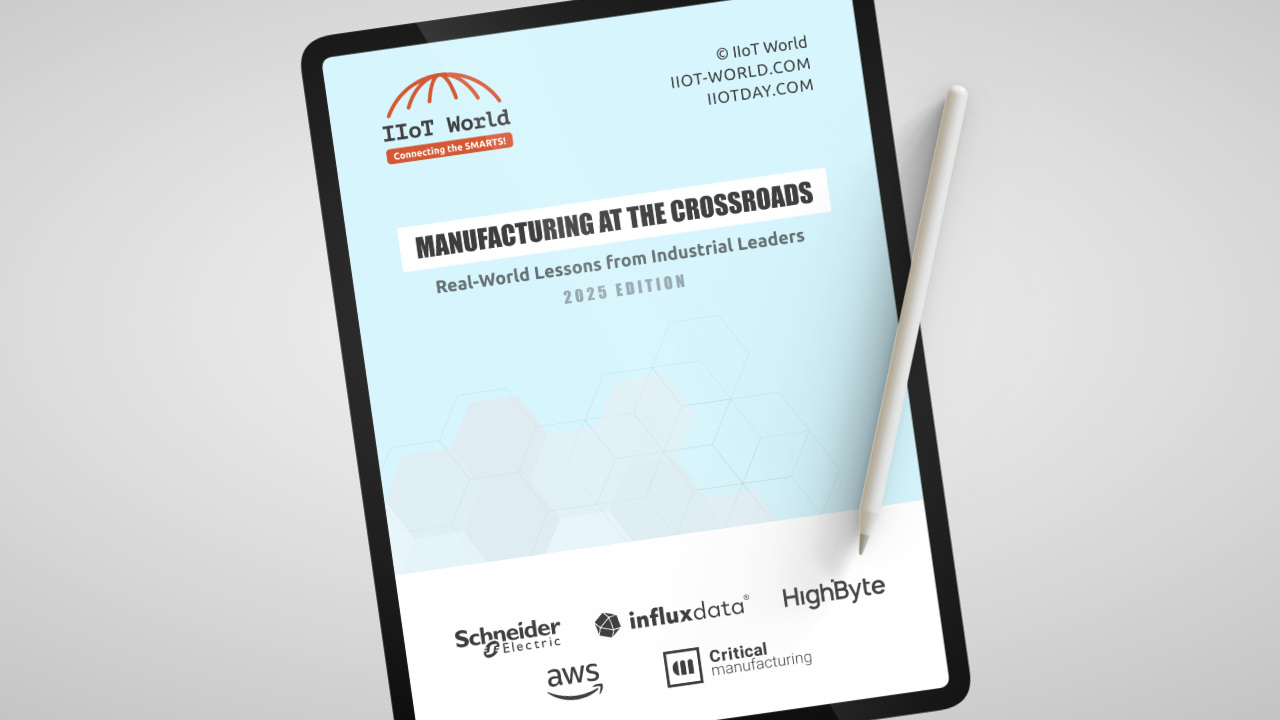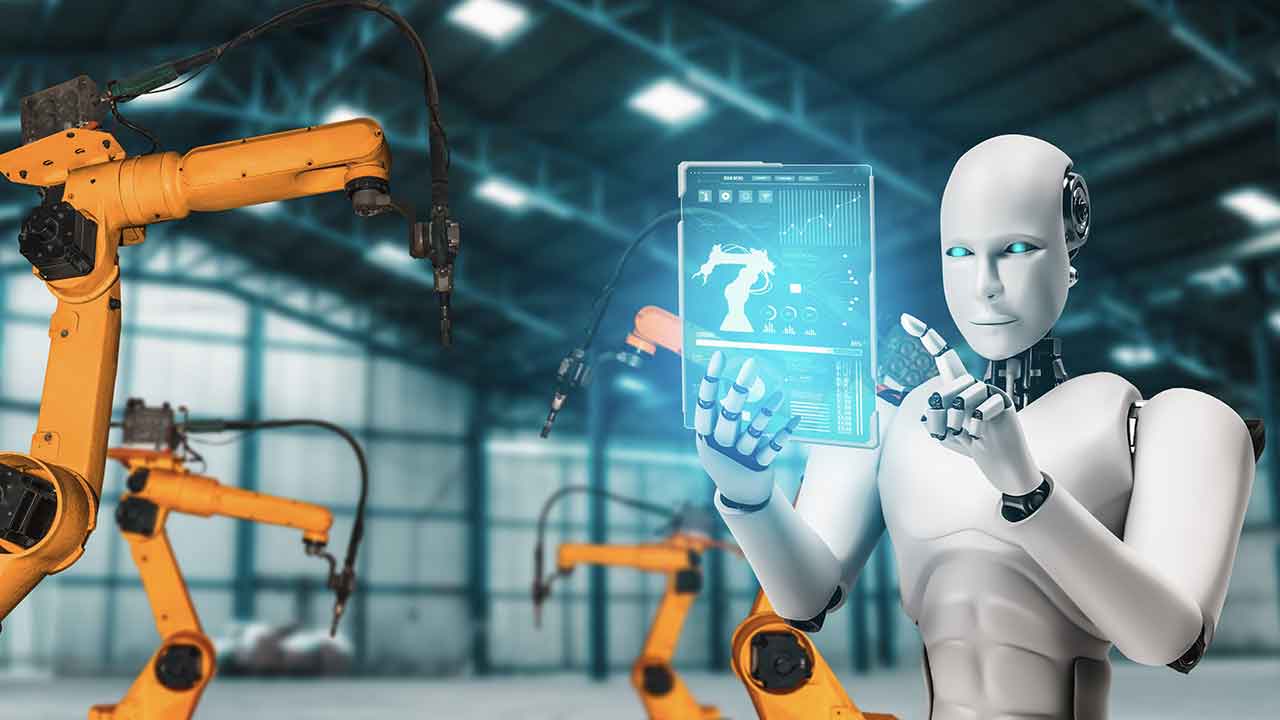Why Small Manufacturers Can’t Afford to Wait for the “Perfect” Transformation
At Hannover Messe 2025, the conversation around digital transformation in manufacturing felt more urgent than ever. But amid the excitement, Stephen Graham, Executive Vice President and General Manager at Nexus, offered a grounded reminder: for small and mid-sized manufacturers, the future will not be won by those with the flashiest technology—but by those who learn to act with clarity, speed, and intention.
Digitalization Doesn’t Have to Mean Disruption
For smaller manufacturers, digital transformation often carries a heavy assumption: that modernization requires massive upfront investment and wholesale change. That belief is one of the biggest blockers to progress.
Instead, he encourages companies to embrace incremental innovation—beginning with a clear vision but deploying in small, manageable steps. Proving value in one corner of the operation, then scaling from there, is not only less risky—it’s far more sustainable.
In an environment where agility is currency, starting small is not hesitation—it’s strategy.
Human Collaboration Is Still the Foundation
As the pace of innovation accelerates, it’s easy to reduce manufacturing to data models and digital workflows. But Graham offers a powerful reminder: manufacturing remains, at its core, a deeply human enterprise. It’s not just about producing things—it’s about solving problems, making decisions, and responding to change in real-time.
The future of manufacturing, then, must prioritize collaboration, not just automation. The companies that will thrive are those that empower their teams—across engineering, production, and quality—to work together across functions, geographies, and generations.
The Real Role of AI? Amplifying People
Artificial intelligence continues to evolve quickly, but Graham sees its role differently than many do: not as a replacement for human talent, but as a partner to it.
In today’s factories and machine shops, generational knowledge is often concentrated in a few experienced hands. The challenge? How to transfer that expertise to younger engineers without losing years to ramp-up time. AI, when designed with purpose, can help distill and share institutional knowledge—shortening learning curves and leveling up entire teams.
This isn’t about replacing workers. It’s about giving them better tools to think, create, and adapt faster—together.
Breaking the Silos That No Longer Serve Us
Many manufacturing organizations still operate with rigid, siloed structures—design over here, quality over there, and operations somewhere in between. In a more predictable world, that made sense. But Graham notes that today’s reality is anything but predictable.
Geopolitical shifts, supply chain disruptions, evolving customer expectations—these demand agility. And agility requires that teams talk to each other, work together, and make decisions faster than traditional structures allow.
The companies that will succeed are not just digitizing—they’re rethinking how people, processes, and systems connect.
The future of manufacturing is not reserved for the largest or most technically advanced. It’s open to those who are willing to rethink their pace, their people, and their processes. In a world moving faster every day, small manufacturers have the power to lead—not by doing everything at once, but by doing the next thing well.
As Stephen Graham made clear at Hannover Messe, the journey to transformation doesn’t begin with perfection—it begins with the first smart step.
About the author
 This article was written by Greg Orloff, Industry Executive, IIoT World. Greg previously served as the CEO of Tangent Company, inventor of the Watercycle™, the only commercial residential direct potable reuse system in the country.
This article was written by Greg Orloff, Industry Executive, IIoT World. Greg previously served as the CEO of Tangent Company, inventor of the Watercycle™, the only commercial residential direct potable reuse system in the country.
Related articles:



